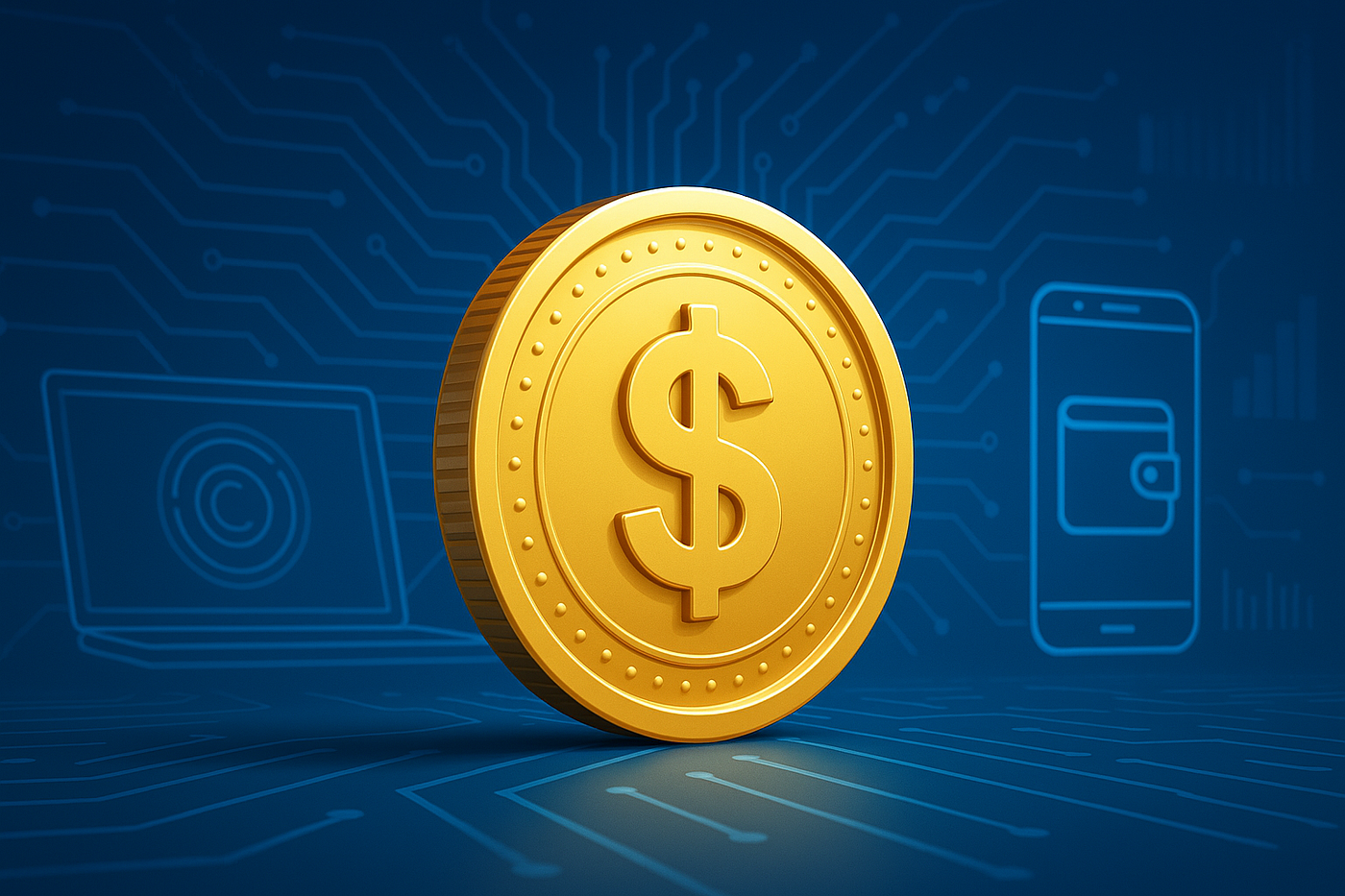Vietnam is leading the developmental leap of digital payment innovation in Southeast Asia with platforms like VietQR and MoMo. These systems have simplified domestic transactions, making QR-based and wallet to wallet payments accessible to millions of users and businesses. But as businesses increasingly engage in cross border trade, they often face challenges such as currency conversion, fees and charges, slow settlement times and limited USD access. This is where stablecoins come into action - stablecoins are digital assets like USDT and USDC which are pegged to fiat currencies, hence maintaining a stable value. By integrating stablecoin payments with VietQR and MoMo, Vietnamese and regional exporters can utilize benefits like faster, cheaper and efficient borderless settlements.
Understanding VietQR and MoMo
Vietnam uses VietQR and MoMo pay for major parts of their day to day lives, let’s understand how these systems operate;
VietQR
- It is the national QR payment system launched by NAPAS and the State Bank of Vietnam.
- It supports real time payments among more than fifty banks and e-wallets.
- It enables merchants to accept payments via a single interlinked QR code, ultimately reducing friction in digital transactions.
MoMo
- MoMo is Vietnam’s most popular and widely used e-wallet with more than 30 million users across the country.
- It offers mobile banking, bill payments, merchant services and the newly introduced gateway integrations for online stores and e-commerce markets.
- MoMo provides API integrations which allow businesses to accept instant consumer payments and its trust and credibility provides an ingrained local channel for retail and B2C operations.
Stablecoins make up a unique case of crypto providing a cutting edge solution for cross border payments, key benefits that stablecoins provide include;
- Instant USD settlements - no delays like the ones in traditional SWIFT or remittance channels.
- Low transaction costs - average blockchain transfer fees are less than 1% of the total transaction value while bank transfers cost around 4-8% of the value.
- 24/7 global access - payments are not restricted based on time or location, banking hours don’t impact the operations of these payments.
- Stable value - Unlike volatile cryptocurrencies, stablecoins are pegged to fiat currencies like USD with 1:1 parity making them efficiently stable in value.
- Enhanced financial inclusion - Exporters and businesses can receive payments from buyers even from countries with limited financial access nurturing a financially inclusive ecosystem for the country.
How does VietQR and MoMo support stablecoin integrations
While VietQR and MoMo primarily serve local VND transactions, businesses can use stablecoin off-ramp partners and crypto payment gateways to link their existing systems with stablecoin networks for real world usage. Let’s understand the integration workflow through an example;
- Clients send payment in USDT or USDC via blockchain networks like Tron, Ethereum, Solana, etc.
- Funds are received on the crypto payment platform which is integrated with the business's dashboard.
- Stablecoins are converted to VND through a licensed off-ramp provider.
- Payouts are made directly to MoMo, VietQR-linked bank accounts or wallets which are settled locally.
This sort of a setup allows exporters to receive USD payments instantly and they can also withdraw Vietnamese Dong whenever needed - while bypassing high FX conversion fees associated with currency conversion.
Unified stablecoin payment ecosystem in Vietnam - the future of payments
Vietnam's fintech innovation is a step ahead from its contemporaries. The next phase of this ecosystem can be envisioned with the direct integration of stablecoins into systems like VietQR allowing instant cross border settlements in the natively powered economy. These integrations can help bridge the gap between local payment infrastructure and global trade making Vietnam the powerhouse of digital payments accentuated with blockchain technology and digital finance in Southeast Asia.
Conclusion
VietQR and MoMo have quietly transformed how Vietnamese consumers pay. And ever since stablecoin has stepped in, the country is moving towards the innovation flipside. By adopting stablecoins as payment solutions, exporters can access USD receipts, cut transfer fees and connect directly with the global market base without inherent complexities of traditional payments. As regulatory framework and payment systems mature, blockchain adoption takes a leap. Combining stablecoin payments with local platforms like MoMo and vietQR is becoming the new standard for efficient cross border trade in the country. If you plan to simplify global payments for your business, experts at TransFi can help you take the first step towards integrating the local rails like VietQR and MoMo with stablecoin payments today!
Frequently asked questions (FAQs)
- What are stablecoins?
Stablecoins are essentially cryptocurrencies designed to have a stable value—usually pegged to fiat currencies like USD, EUR, etc., making them a valuable stand-alone digital asset. Some of the examples include USDT, USDC, and BUSD.
- Is it legal to accept stablecoin payments in Vietnam?
While not formally regulated, many businesses use licensed global crypto platforms under complaint frameworks to accept stablecoins in Vietnam.
- Which stablecoins are most widely used across business payments?
USDC and USDT are the most widely used and accepted stablecoins among merchants globally.
- How can stablecoins be converted to VND?
Stablecoins can be easily converted to VND through licensed off ramp partners that deposit VND to MoMo or VietQR linked accounts.
- What is the benefit of API integrations in MoMo?
MoMo provides API integrations which allow businesses to accept instant consumer payments and its trust and credibility provides an ingrained local channel for retail and B2C operations.
Daftar Isi
Artikel yang Disarankan
Jelajahi produk kami

Lakukan pembayaran global dengan kecepatan klik

Terima pembayaran, hapus batas.

Buka Transaksi Mata Uang Digital yang Mulus Di Mana Saja







.jpeg)
.png)














